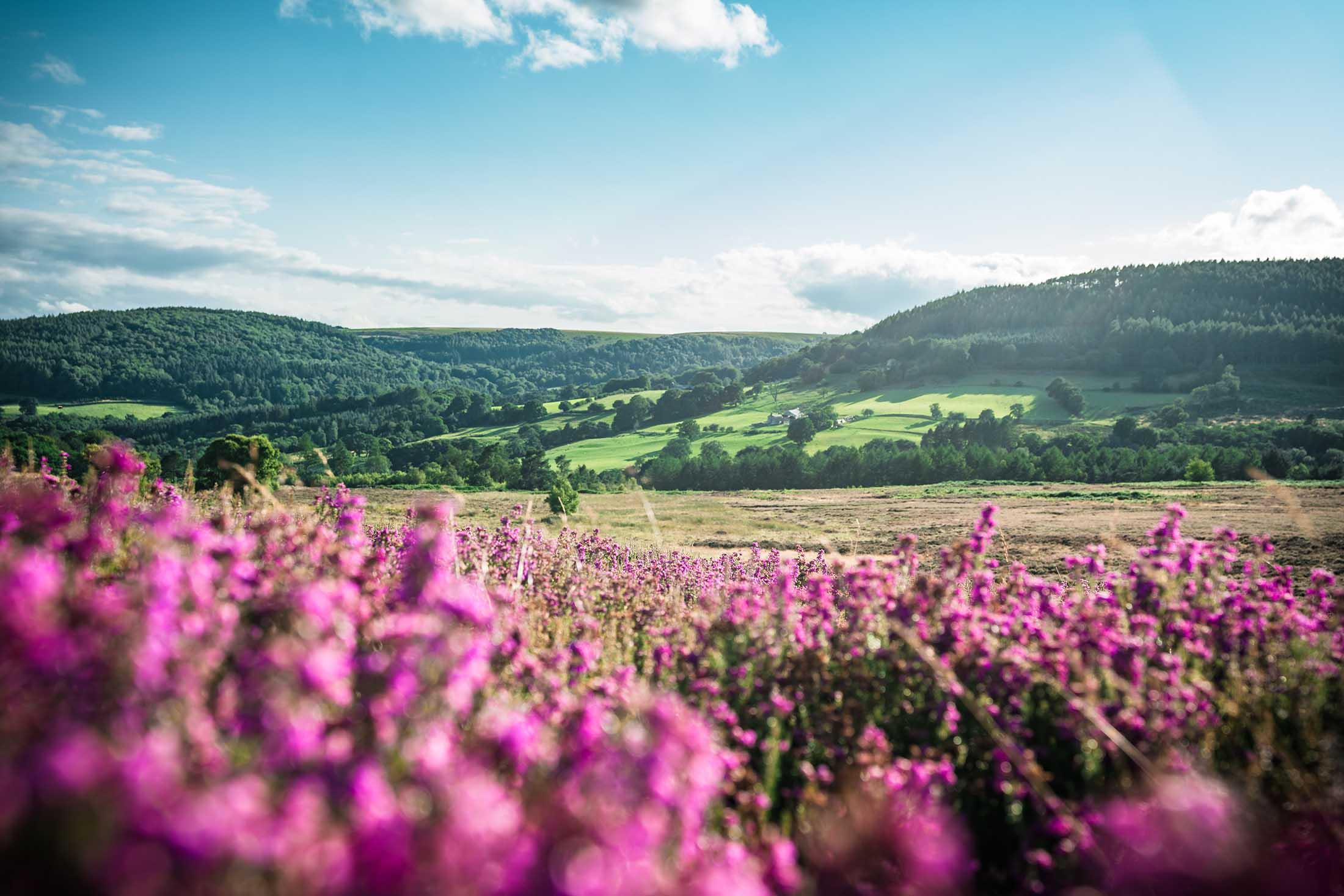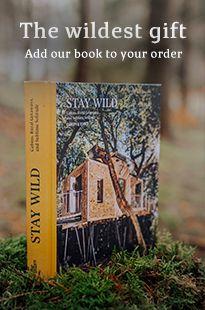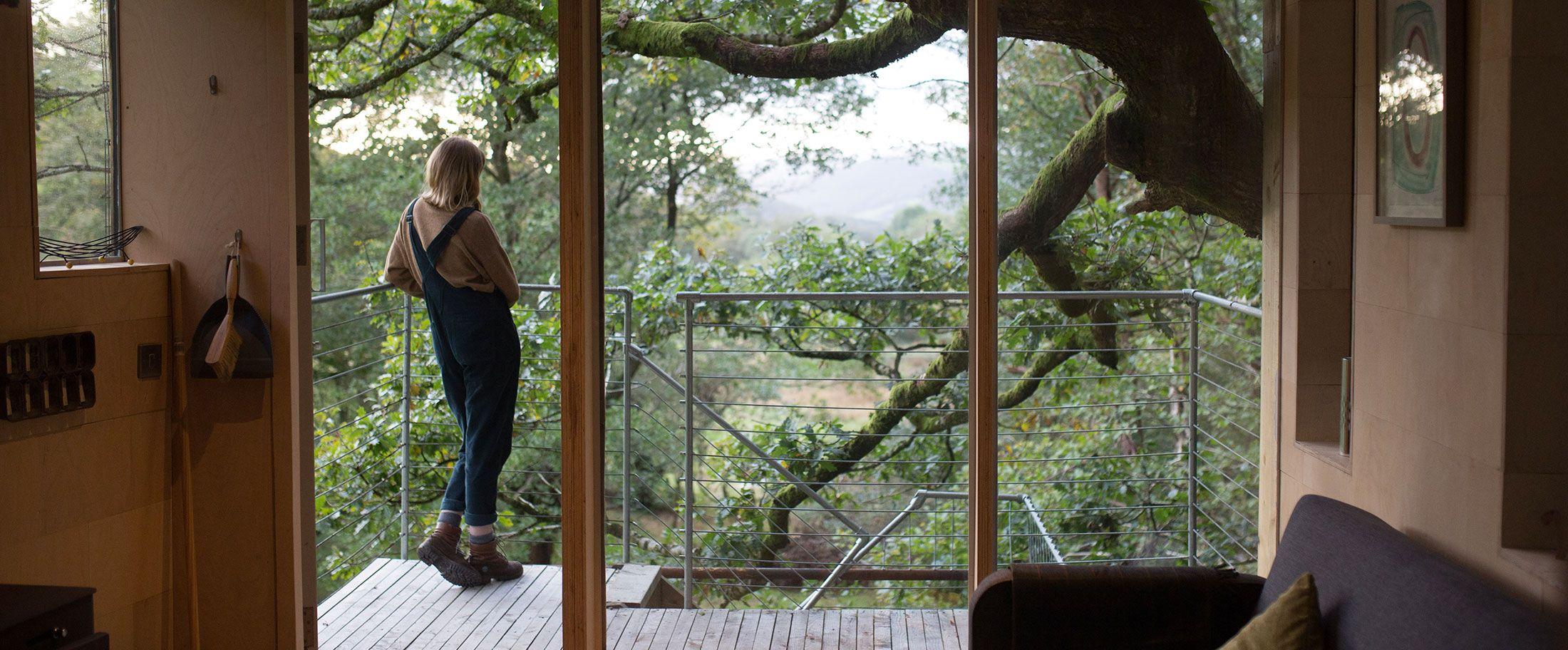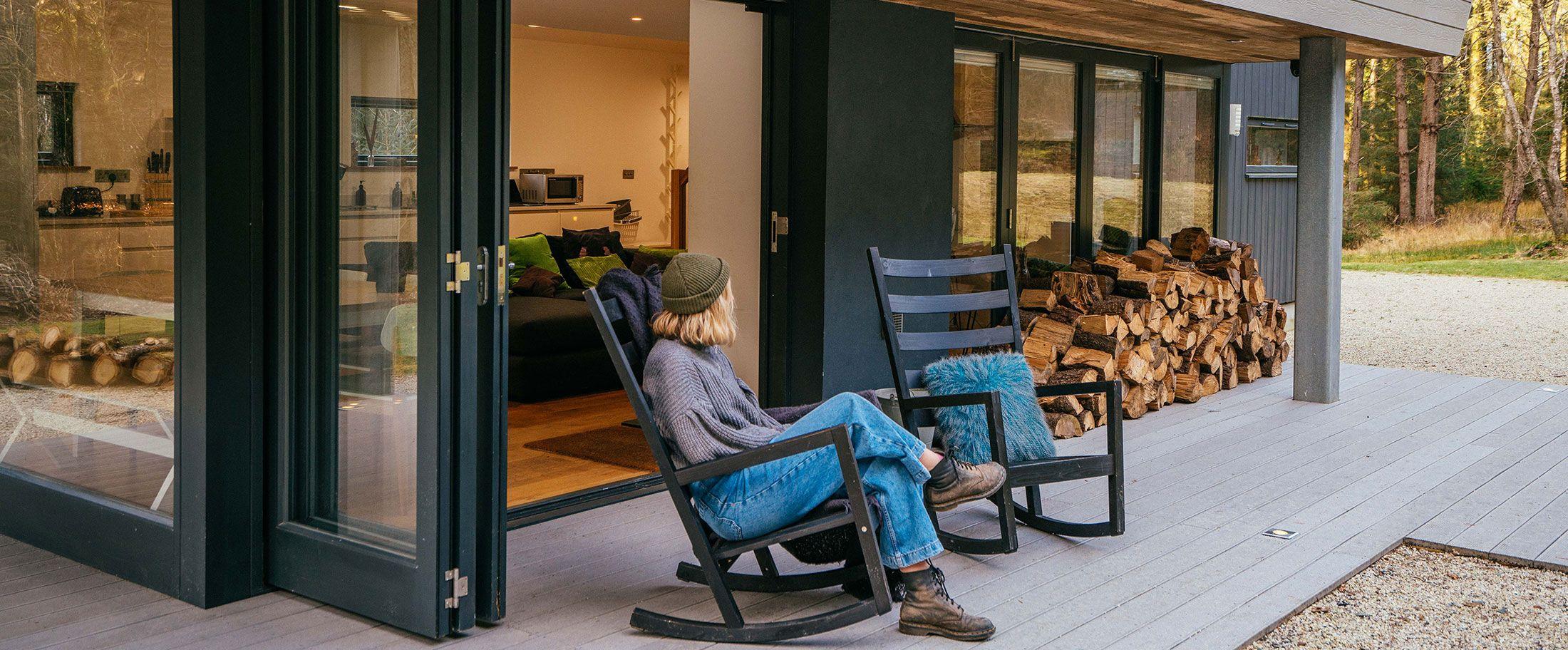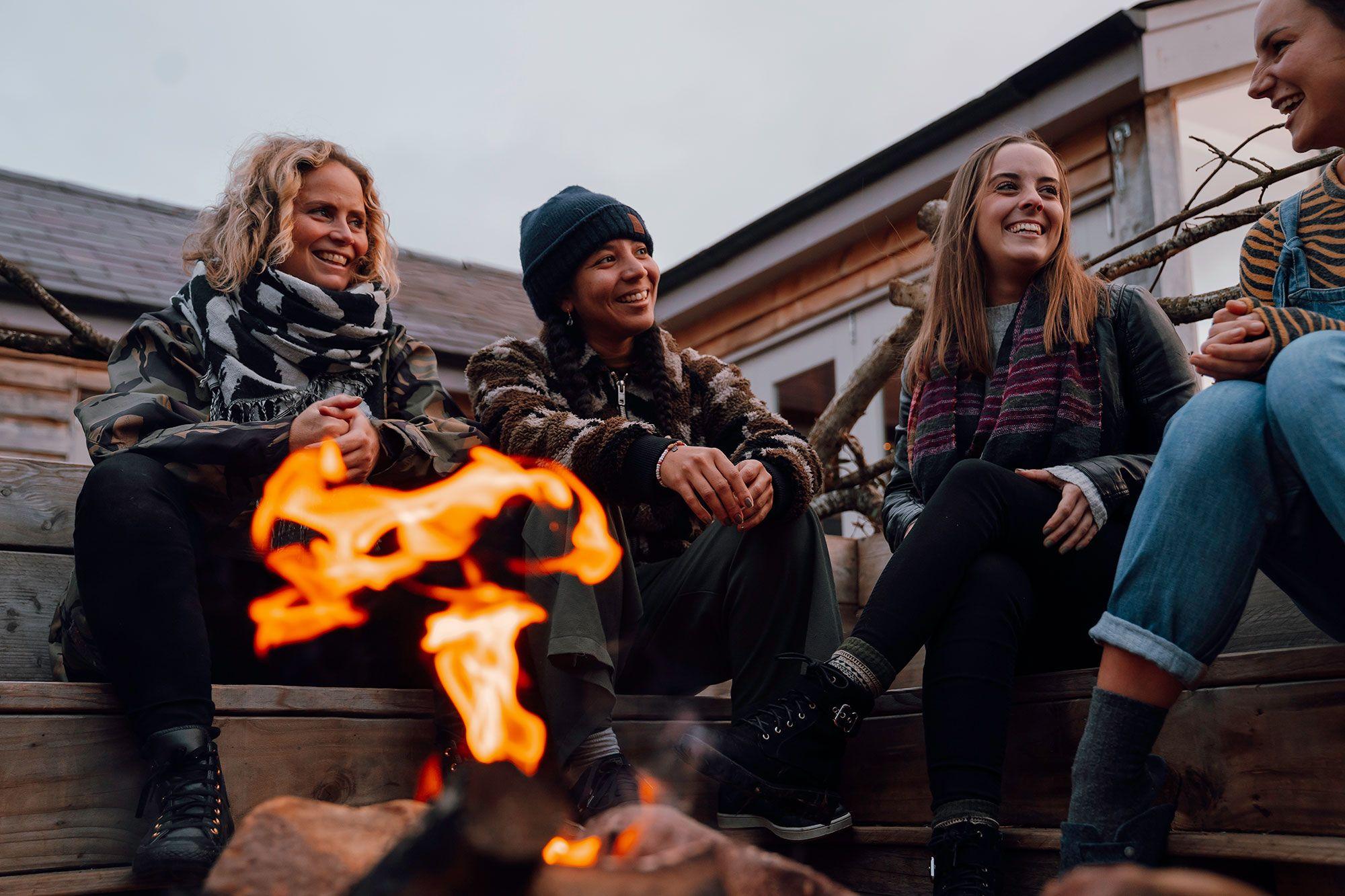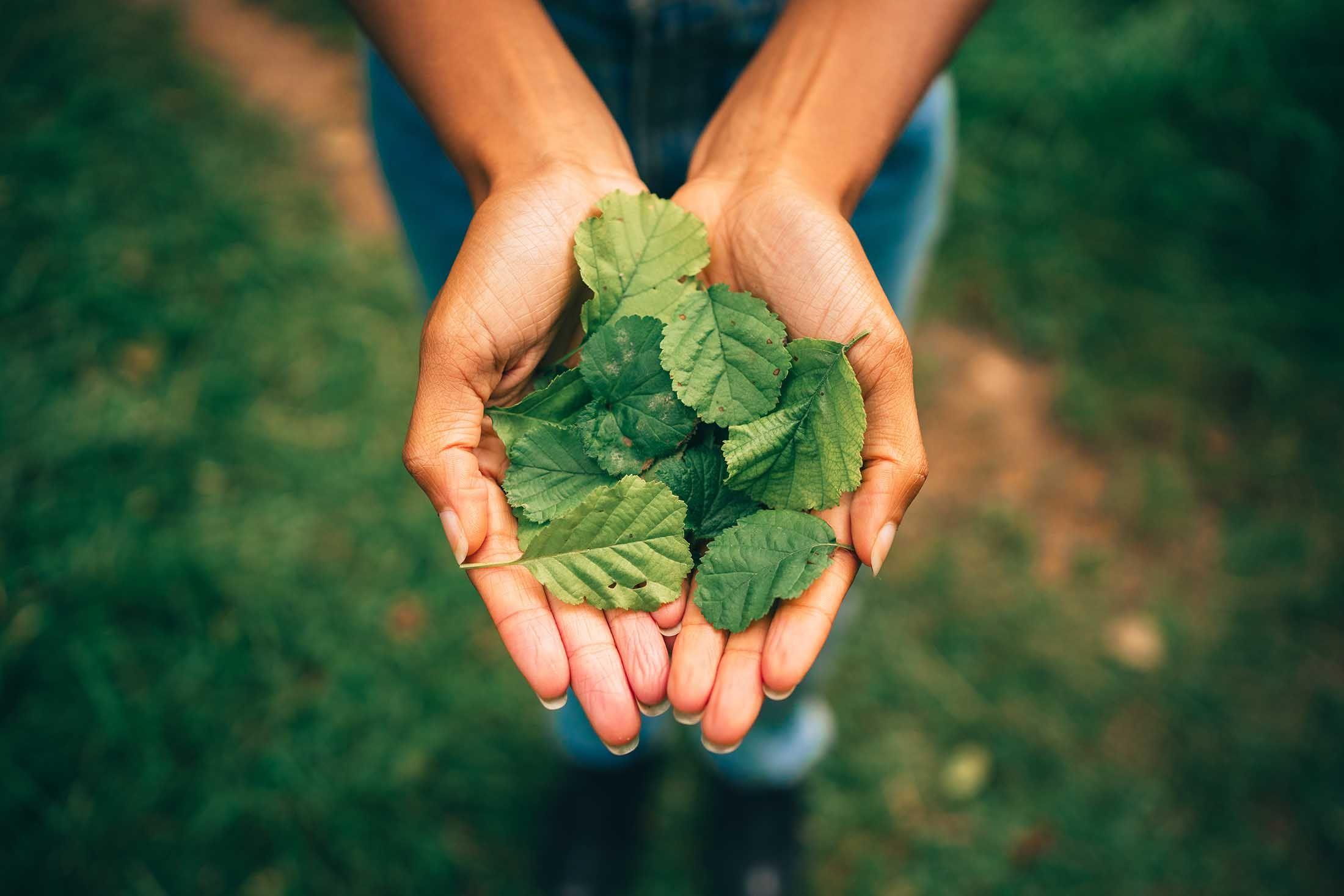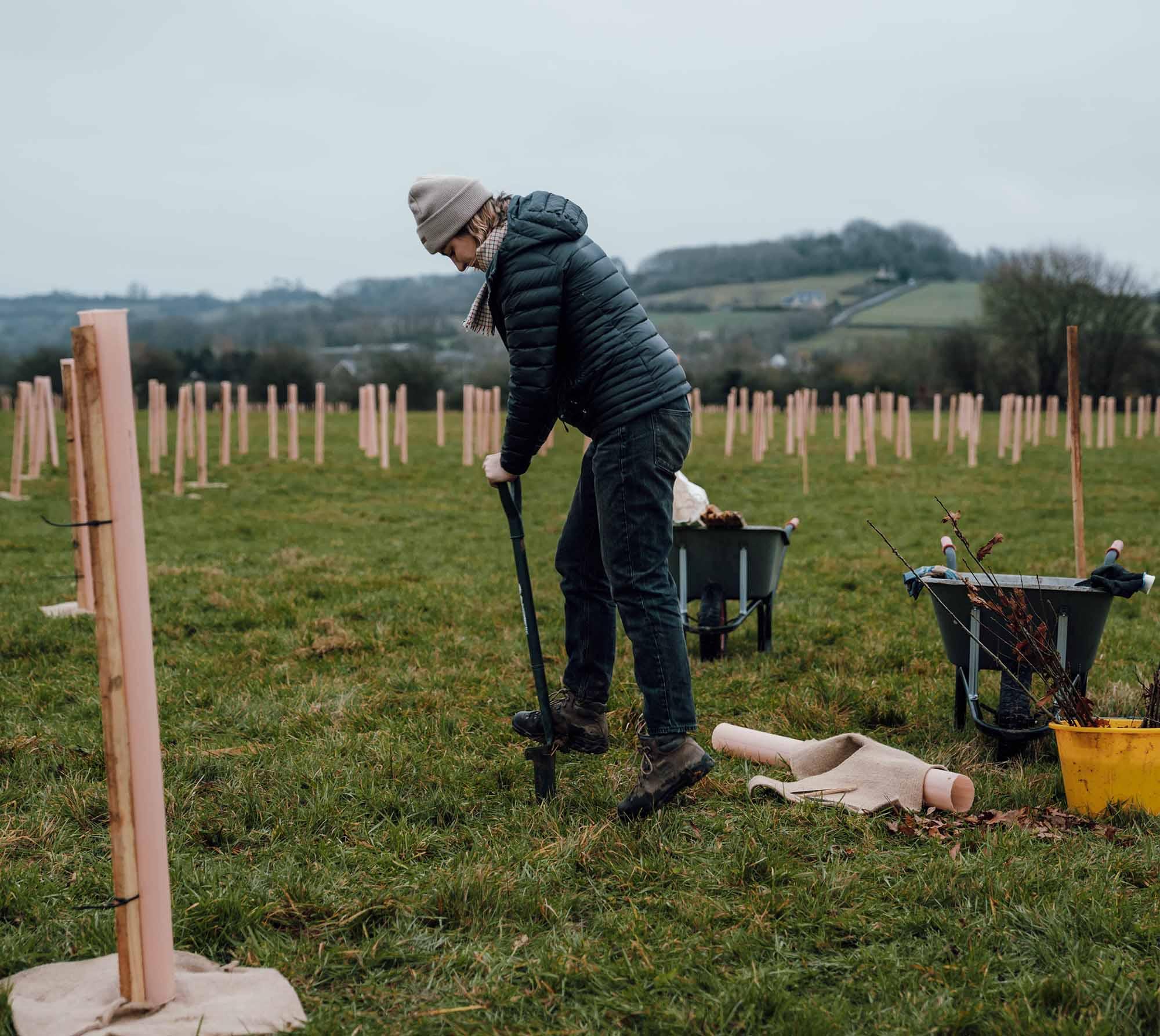Nature inspired art to try at home
We miss more than just the peace and quiet of being outdoors. We long for its textures, smooth lines and the richness of colours that aren’t pixelated or painted. Here are a few simple ways to get creative and keep connected to the natural world.
Nature cyanotype
Cyanotype is a way of using light sensitive paper to capture the image of something left on it. It was a method used well into the 20th century as a cheap way of creating copies i.e. blueprints. The simplest way to do it is to buy special paper, which produces beautiful images with a vintage feel. Once you have your paper, all you need a few bits of nature and a bit of sun.
How to cyanotype
Gather materials while you’re out walking or snip something from your garden - think about outline and shape rather than colour or detail. Lay your plants/leaves/ flowers on top of the paper. Press with a piece of glass for a clearer outline. Leave in the sunlight until the paper turns dark. Wash the paper under a tap to wash away the solution. Remove the materials to be left with a striking silhouette.
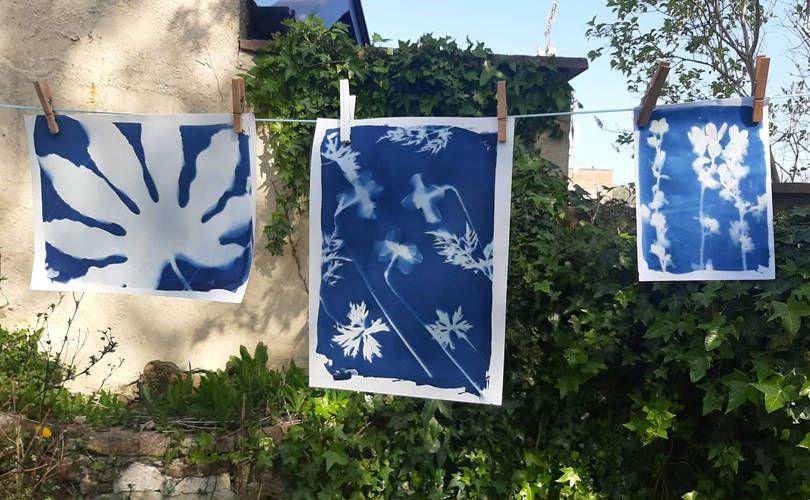
Charcoal rubbings
This is also a fairly simple way to study and appreciate nature’s patterns and textures. Just lie the object flat under the paper, take a soft pencil or charcoal if you have it, then rub it gently over the surface to bring out the shape underneath. Bark makes a good texture for beginners but you can get some really impressive pieces of art from leafs and more delicate objects.
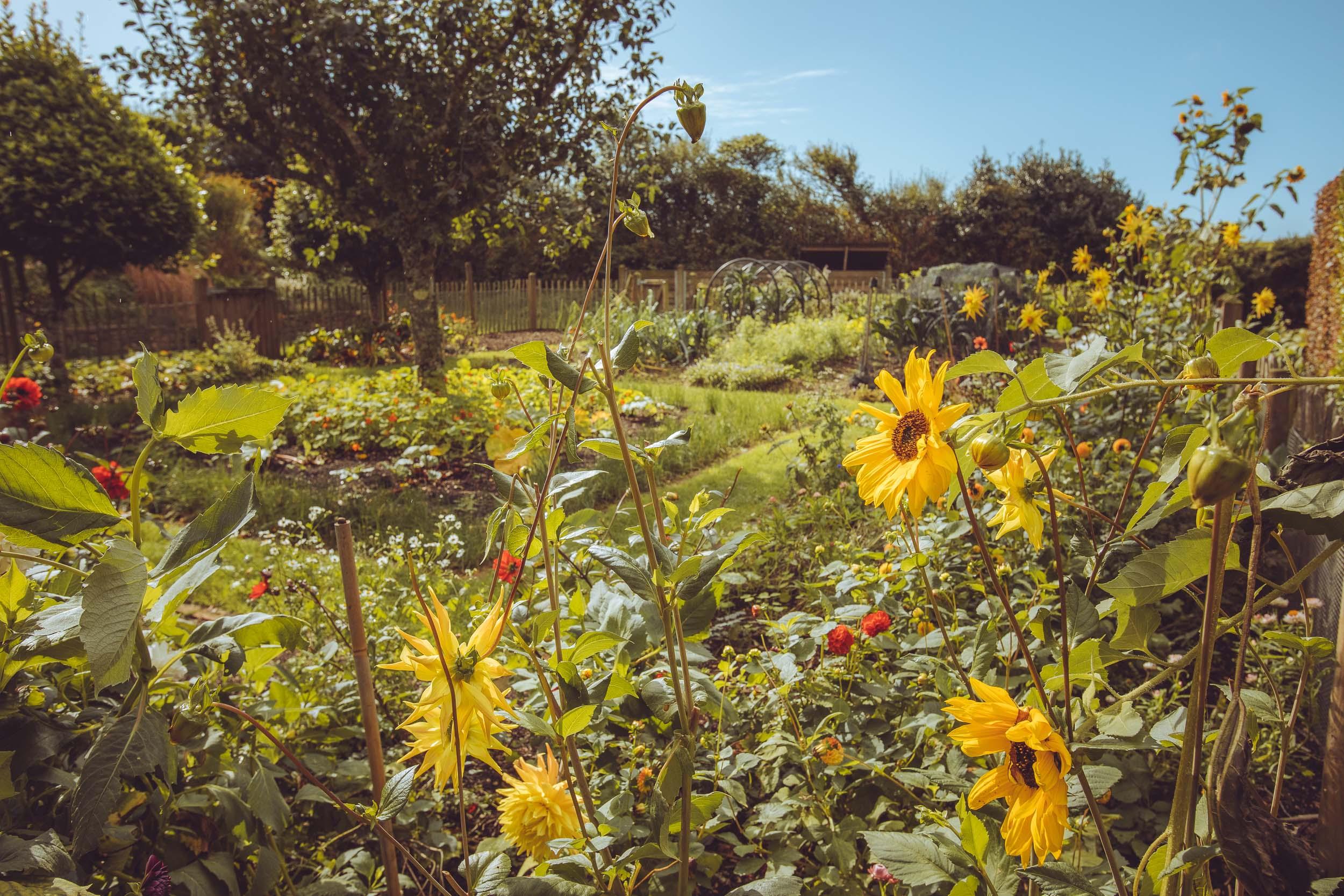
Collaging
There’s no need for a step by guide to this one. Gather materials, maybe when you’re out walking, then throw it all the paper and literally see what sticks. It’s a wonderful, freeform way to create.
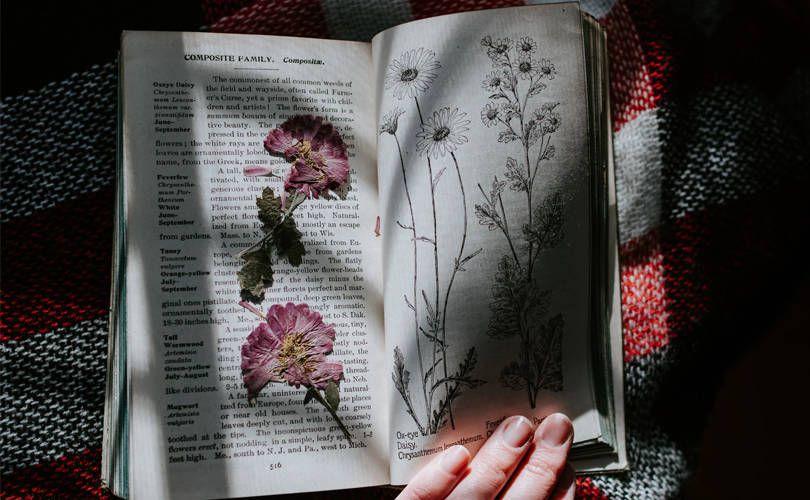
Flower pressing
Pressed flowers can be used to ornament various things around the house, as part of collages, or simply as individual “still life” prints. All you really need is patience and something heavy.
- Pick dry flowers, no morning dew or rain.
- Thin-petalled flowers are better, they dry out before they go mouldy.
- Remove stamens as close to base as possible or they’ll stain.
- Cut thick flowers in half to dry flat.
- Wrap in greaseproof paper.
- Slot into big book (towards the spine, for the most weight).
- Pile more weight on using bricks or more big books.
- Wait for at least a week.
- Be careful when removing, they will be very delicate.
